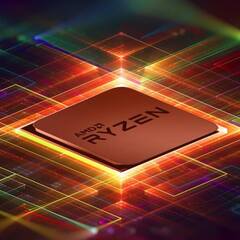1 filesystem path, 2 storage objects & locations | Like a reverse NTFS Junction??
-
Topics
-
0
-
Tact1cal ·
Posted in Storage Devices0 -
0
-
Tact1cal ·
Posted in CPUs, Motherboards, and Memory0 -
MephistophelesD ·
Posted in New Builds and Planning2 -
1
-
7
-
foxbill86 ·
Posted in CPUs, Motherboards, and Memory6 -
2
-
TheIndecisiveMollusk ·
Posted in New Builds and Planning3
-
-
play_circle_filled

Latest From ShortCircuit:
This wireless router can’t possibly be good… can it? - Minion Routers







.thumb.jpg.3f847c8c0952383337ed3cbc282a08c2.jpg)






Create an account or sign in to comment
You need to be a member in order to leave a comment
Create an account
Sign up for a new account in our community. It's easy!
Register a new accountSign in
Already have an account? Sign in here.
Sign In Now